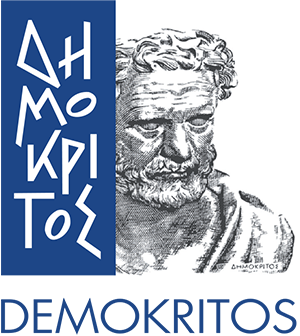Tsavalas Pavlos

Pavlos Tsavalas is a PhD student working under the framework of the European Consortium for the Development of Fusion Energy (EUROfusion), at the Fusion Technology Group (FTG) of the Institute of Nuclear and Radiological Sciences and Technology, Energy and Safety of NCSR "Demokritos", since 2016.
In the frame of his PhD thesis entitled “Investigation of plasma facing materials at JET tokamak”, plasma facing materials from JET tokamak main chamber after the interaction with the plasma are investigated in order to assess material erosion, fuel retention and material deposition from other areas of the tokamak. The methods that he uses are ion beam analysis (IBA) including Nuclear Reaction Analysis (NRA) and Rutherford Backscattering (RBS), X-ray fluorescence (XRF), Scanning electron microscopy (SEM) with energy dispersive spectroscopy (EDS) and X-ray diffraction (XRD). A major part of his PhD thesis refers to the measurement of the differential cross sections of the deuteron reactions on beryllium for the assessment of the deuteron NRA measurements on beryllium. The ion beam analysis measurements are carried out at the TANDEM accelerator of NCSR “Demokritos” and at Ruder Boskovic Institute, in Croatia.
In 2013, he received his BSc in Physics and in 2016 his MSc in Nuclear and Elemental Particle Physics from the Department of Physics of the National and Kapodistrian University of Athens (UOA). The PhD thesis will be defended at the School of Applied Mathematical and Physical Sciences of the National Technical University of Athens.
PhD Short Description
Interaction between plasma and plasma facing materials is an issue of great importance for the safe operation of the fusion devices. Beryllium (Be) is a candidate material to be used in the main chamber of ITER and the future fusion devices based on magnetically confined plasma. Beryllium due to its low atomic number prevents the dilution of plasma and presents low fuel retention which is crucial for the life time of the wall and the conservation of the fuel. Moreover, beryllium is an oxygen getter which reduces oxygen impurities inside the vessel.
The objective of Pavlos Tsavalas’ PhD is the investigation of plasma facing material from the JET tokamak main chamber after the interaction with the plasma in order to assess material erosion, fuel retention and material deposition from other areas of the tokamak. In order to achieve this investigation, the following methods have been used:
- Ιon beam analysis with deuteron (2H) and helium (3He) to detect, quantify and assess the depth profile of the light elements (deuterium, beryllium, carbon, nitrogen and oxygen) and the micro-beam to depict the mapping of the same elements on the surface.
- Differential cross sections measurements of deuteron reaction on beryllium which are necessary for the quantitative results of the ion beam analysis.
- X-Ray fluorescence to assess the relative concentration of the heavier elements (chromium, iron, nickel, molybdenum and tungsten) in the whole volume of the samples.
- Scanning electron microscopy with energy dispersive spectroscopy of X-rays to investigate the mapping of the heavier elements and the morphology of the surface.
- X-Ray diffraction to assess any compound formation in the samples.
The PhD thesis will be defended in at the School of Applied Mathematical and Physical Sciences of National Technical University of Athens.

